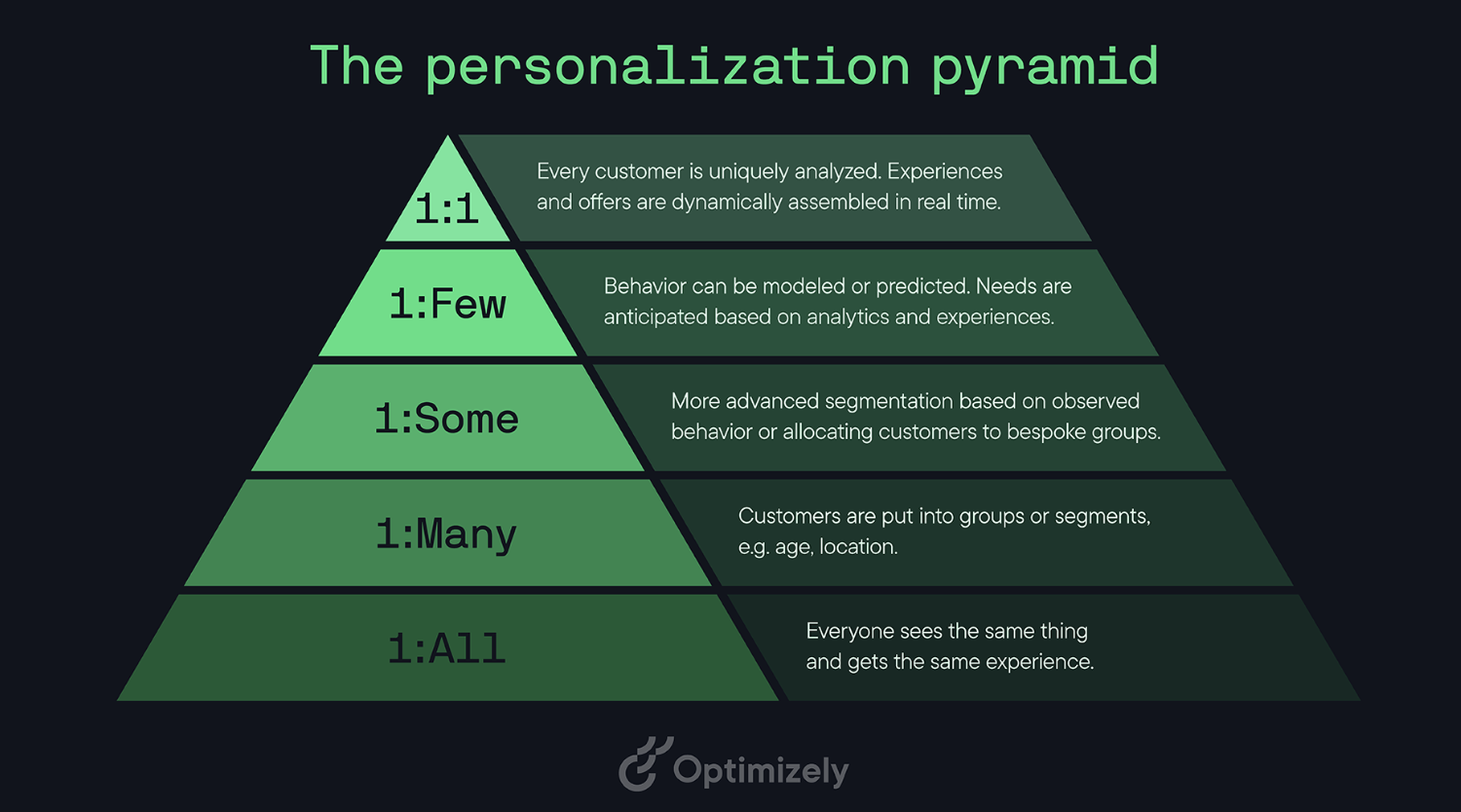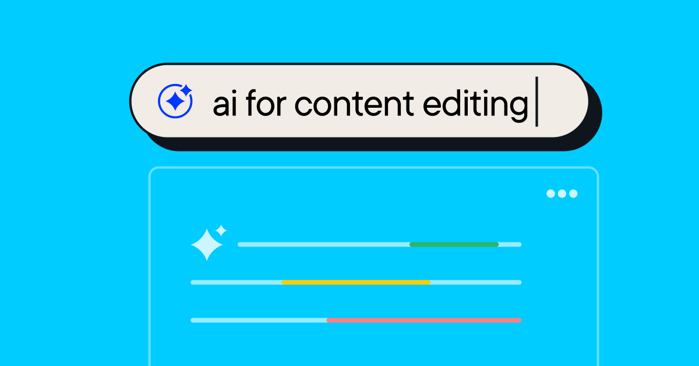Personalization and data: A brief overview of compliance and best practices
Personalized marketing is in a place where the line between "delightfully tailored" and "creepily invasive" is thinner than the fine print on your privacy policy. See how to navigate data regulations, one personalized experience at a time.


92% of marketers are betting on first-party data for growth.
And they're excited about their marketing efforts.
But here's the thing: 63% of users are skeptical about data practices. They just don’t believe companies are being transparent enough about customer data (and who can blame them?)
Meanwhile, the average cost of a data breach has hit $4.88 million. Shoutout to your company if you can absorb that kind of cost without blinking an eye.
For every other company, if you’re not factoring data compliance and regulations into your personalization strategy, you might as well just forget about personalizing customer journeys altogether.
Today, personalized marketing is in a place where the line between "delightfully tailored" and "creepily invasive" is thinner than the fine print on your privacy policy.
Let’s dive into how to navigate data regulations, one personalized experience at a time.
Data is so much more than just numbers
It's a double-edged sword. Too little, and you're flying blind. Too much, and your conversion rates are paralyzed.
Here's how to use data and automation to strike the balance:
- Respect the regulations: GDPR isn't just a European problem. Its effects ripple worldwide. Companies like Amazon have faced fines of €746 million for data misuse.
- Ethical AI is non-negotiable: As AI becomes more prevalent, so do ethical concerns. Google's AI ethics controversy proves even tech giants aren't immune to scrutiny.
- Privacy is a competitive advantage: Apple's App Tracking Transparency feature isn't just about privacy; it's a market differentiator. Customers are increasingly choosing brands that respect their data.
The personalization pyramid: A balancing act
Personalization nightmares, anyone? Raise your hand if you've ever feared:
- Getting slapped with a hefty fine for data misuse
- Accidentally calling your customer "Dear [FIRST_NAME]" in an email
- Realizing you know absolutely nothing about the customers who interact with your brand
Both hands up? You're not alone. Only 26% of executives report having a unified definition of personalization in their organization. And when it comes to understanding data regulations? Let's just say it's complicated.
Here's how you can simplify it, identify customer needs, and improve customer engagement.

Imagine personalization as a pyramid. At each level, we're not just increasing sophistication - we're also ramping up regulatory complexity. Here’s how it builds up layer by layer:
1: All
The "hey buddy" of digital marketing. Everyone gets the same universal experience. Minimal regulatory headaches, but also minimal personalization.
Example: Think of email blasts. They worked, but they're not winning anymore. In fact, Google and Yahoo rolled out new rules for bulk email senders.
1:Many
We're grouping customers by location, age, and device type. But even basic customer segmentation and demographic data fall under GDPR and CCPA. Time to dust off those consent forms.
Example: Netflix's genre categories. Simple, effective, and relatively low-risk from a data perspective.
1:Some
During behavioral targeting, you’re observing real-time behavior and adjusting on the fly. However, it can be a potential regulatory minefield as you have to keep an eye on those cookies and tracking pixels.
Example: TikTok faced backlash for its personalized "For You" page algorithm. While incredibly engaging, it raised concerns about data collection and potential addiction, prompting investigations from regulators worldwide.
1:Few
Soon, AI algorithms will predict end-to-end customer behavior and anticipate needs. It's the future of marketing, but it's also where GDPR's rules on automated decision-making come into play.
Example: In public spaces, the European Union banned the use of AI for facial recognition.
1:1
The peak of regulatory scrutiny in data-driven personalization. One misstep here could land you in hot water faster than you can say "data breach."
Example: British Airways' £183 million fine for a data breach affecting 500,000 customers. Data protection gone wrong can be catastrophically expensive for personalization data platforms.
Upptäck varför Forrester utsett Optimizely till en ledare
Personalization and data: Building blocks and roadblocks
If personalization were easy, everyone would be doing it perfectly to improve customer loyalty. (They're not) And if data regulations were simple, we wouldn't need an army of lawyers to interpret them (We do). 44% of executives say complicated or fragmented data is their top challenge.
Think of each data point as an atom. Location? Atom. Device type? Atom. That 3 AM cat video binge? Definitely an atom. And each one needs to be collected, stored, and used in compliance with data regulations. It's like solving a Rubik’s cube while blindfolded - challenging, but not impossible.
- Behavioral data and human factor: You don't need all types of data. Collecting only what's necessary is not just good practice—it's often the law. Further, regular training for your team is your frontline defense against data disasters. Because let's face it, all it takes is one misplaced "Reply All" to turn your personalization dream into a privacy nightmare.
- Your friend who needs to follow the rules: AI processes billions of data points, predicting customer desires with uncanny accuracy. But it comes with a rulebook. AI ethics aren't just corporate jargon—they'll protect you against regulatory storms.
- The privacy tightrope: Do you know how many users terminate relationships with companies over data? It's 37%. While you're crafting that perfect personalized experience, make sure you're not crossing into creepy territory. That's a one-way ticket to "massive regulatory fines land." Offer relevant content and product recommendations.
- Success without getting yourself into a lawsuit: Your CEO wants numbers, but not the kind that will make it a clickbait-y headline in a tech blog. Focus on metrics that matter: engagement rates, customer satisfaction, and yes, compliance scores.
The bottom line...
Remove the jargon in your optimization plans and personalization boils down to a choice: Do you want to map the customer experience yourself (rule-based), let AI take the wheel (AI personalization), or blend both approaches?
A better marketing strategy is to opt for a hybrid model. You can define rules based on specific customer actions. Further customer profiles can be analyzed using machine learning to deliver real-time personalized experiences that adapt to customer behavior in real-time.
Whichever path you choose, remember personalization is personal. Not just for your customers, but for your brand and its relationship with data regulations. So, make it customer-centric and your personalization efforts will be as delightful as they are compliant.
![]()

